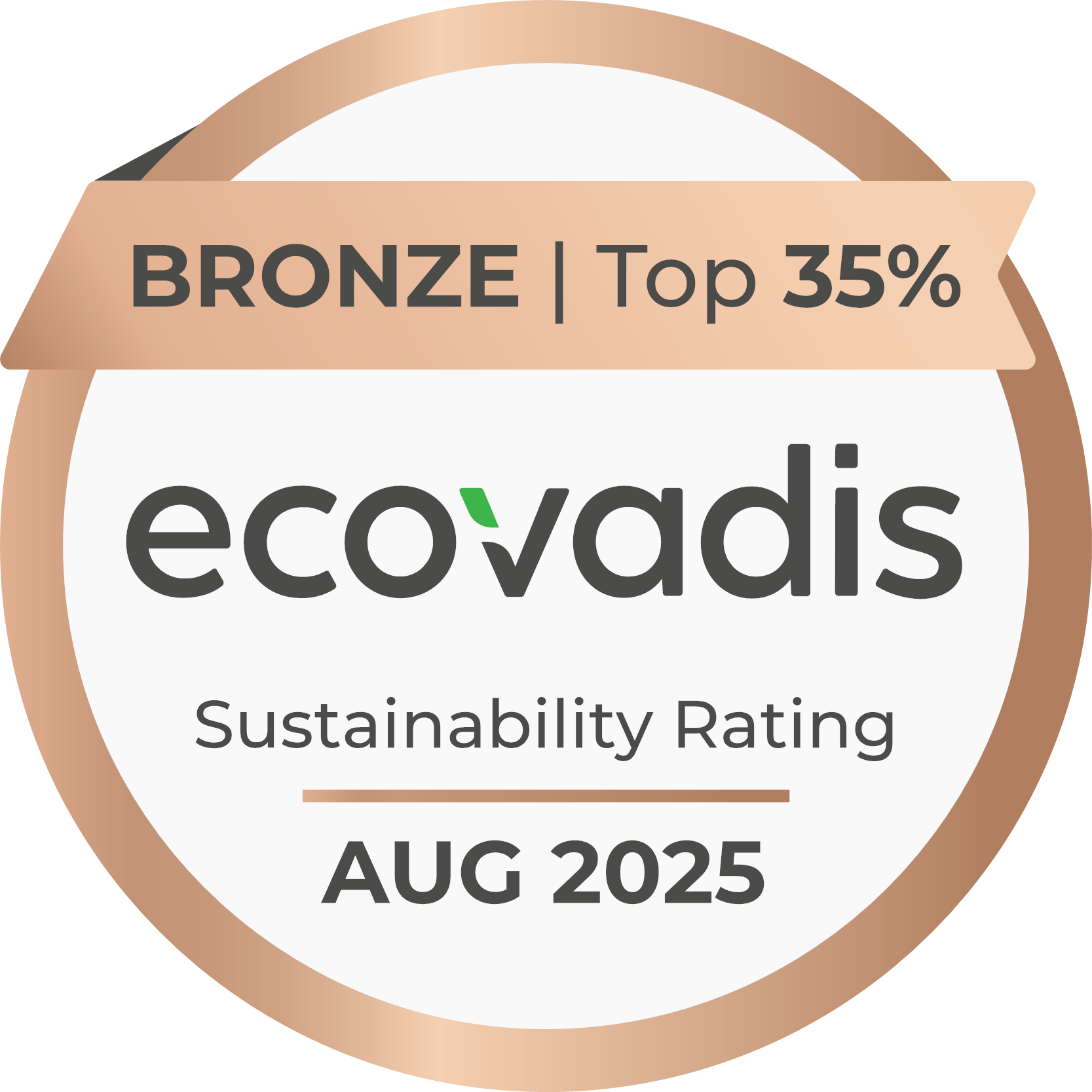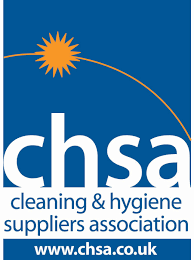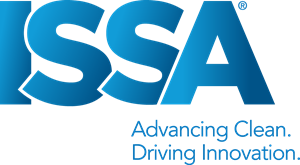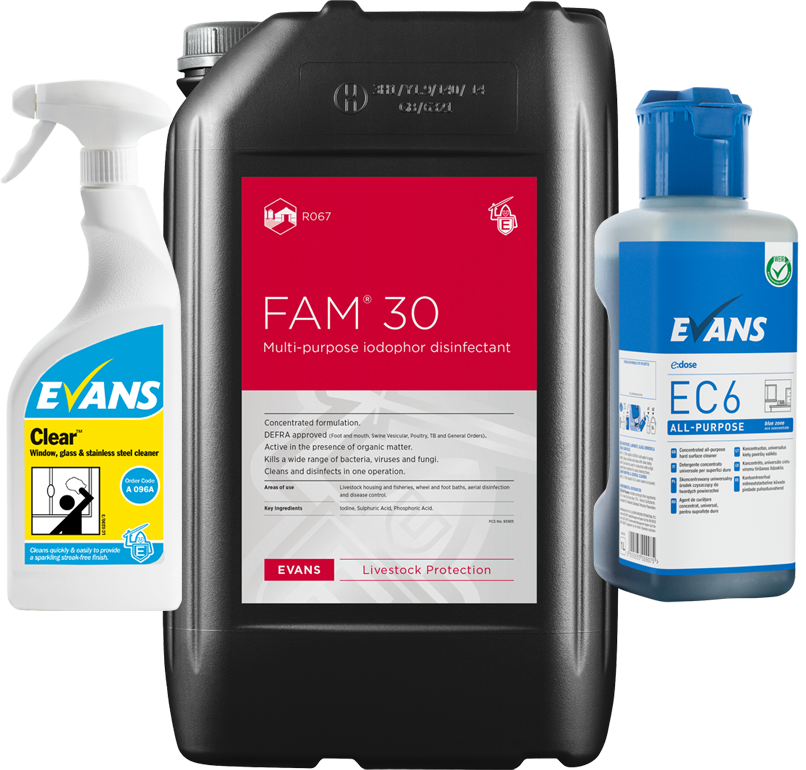16 April 2021
The emergence, spread and persistence of SARs-Cov-2 (COVID-19) re-emphasises the importance of cleaning and disinfecting surfaces using products and processes that have been proven to be effective in controlling the risk to health or hygiene.In the case of COVID 19, efficacy against enveloped viruses, which SARS-Cov-2 is, must be assured.
The recognised surrogate for use in efficacy studies, for this family of viruses, is vaccinia virus. The most readily available and widely recognised methods by which effectiveness against vaccinia virus and, by inference, SARS-Cov-2, may be demonstrated is specified in EN 14476 and EN 16777.
It is these test protocols that Evans Vanodine has used for several of its products, performed by independent laboratories in the UK. The results from these tests are the basis of recommendations and guidelines offered by Evans in the form of its label directions, product information sheets and microbiological profiles.
Evans complies with Biocidal Products Regulation (BPR) 528/2012 which was implemented to ensure a high level of protection for human health, animal health and the environment. It requires that label claims must be supported by test results from tests appropriate to the area of application.
Test parameters, including temperature, concentration and contact times, reflect practical application conditions.
Evans also follows European Chemicals Agency (ECHA) guidance, and EN 14885 to ensure that the efficacy of all its disinfectants have been assessed using appropriate and relevant test methods. The numbers and identification of organisms present on a contaminated surface is unknown. Therefore, disinfectants must have a broad spectrum of activity so all of the organisms that may be present are controlled.
Tests that most closely reproduce the practical application conditions should be selected. e.g. for a spray and wipe product EN 16615 is appropriate.
A suspension test will assess the time / concentration required to support a claim, then a surface test verifies the dilutions in real-life tests. As a minimum, both suspension and surface tests need to be performed with bacteria and yeast to support claims for hard surface disinfectants.
The recommended contact time on the label must be realistic and appropriate to the use.
For example, a 30 second contact time is realistic and appropriate for an alcoholic hand-rub, but 5 minutes is not appropriate as the product would have evaporated in this time.
If a product is to be used as a final stage disinfectant, without rinsing, then a longer contact time is acceptable, e.g. food processing disinfectants sprayed onto surfaces and left overnight or until the next shift.
A shorter contact time does not necessarily mean one product is better than another. A compromise must be reached between safety and the claims made for a product. Increasing the contact time may mean a lower concentration is effective and is therefore safer to use. Decreasing the contact time may mean a higher concentration is required which is not always desirable e.g. for the health and safety of the user. There may also be other aspects to consider e.g. damage to surfaces or potentially higher levels of residues left on surfaces.
During product development Evans work to achieve the right balance between product performance and safety, ensuring our customers get the best and safest products available on the market. In addition, we always recommend safety risk assessments are performed before using any disinfectant.
It is the responsibility of manufacturers to ensure the appropriate test methods have been used to support the label claims for their products. The product dilutions and contact times are dictated from the test parameters of each efficacy test.
Using alternative dilutions or contact times not stated on the label will not guarantee effectiveness.
Evans will continue to review its test plans to ensure that its literature and labelling offers its customers assurance of rapid microbiological effectiveness without compromising end-user safety or economy of use.
Evans Vanodine Technical Team
April 2021
To download a copy of this statement, please click HERE












